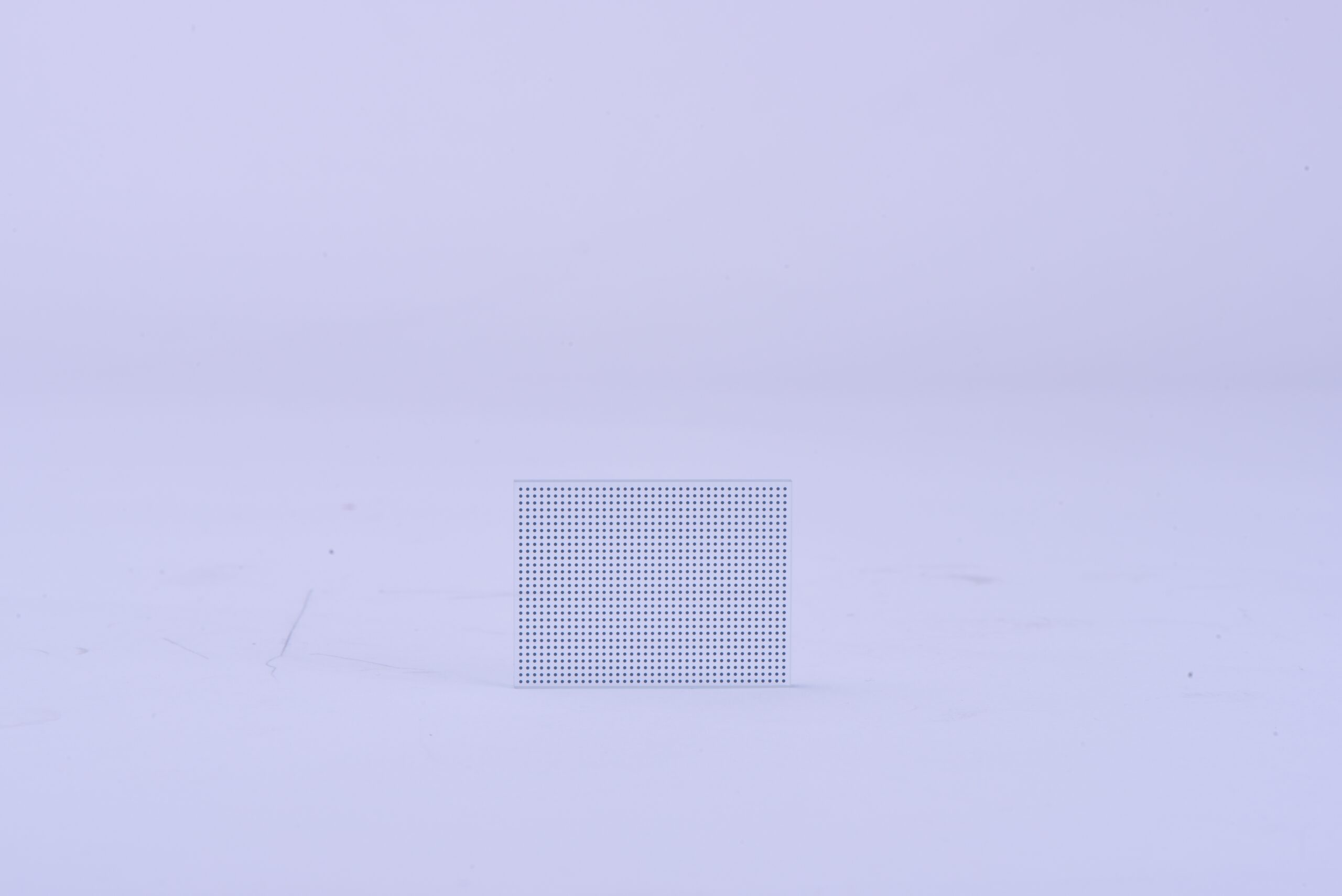
In different application scenarios, the calibration board has different requirements for pattern, precision, and material, especially the material. The material of the calibration board will affect the processing technology, pattern accuracy, etc. Therefore, before making or using the calibration board, you should check the calibration board Have a full understanding of materials and usage scenarios.
Glass:
The glass mainly includes quartz and soda glass. The expansion coefficient of quartz glass is less than 10^-7, and the expansion coefficient of soda glass is less than 10^-6. But the glass is fragile, and the calibration pattern production (lithography process) is expensive, especially when the quantity is small;
Ceramic substrate
The standard plate with ceramic base has the characteristics of small thermal expansion coefficient, high strength, high hardness, good wear resistance, low thermal conductivity, good acid and alkali resistance, etc., and its good surface diffuse reflection treatment solves the problem in the application process. In the case of a light source, the problem of reflection of the glass material calibration plate can be better recognized by the detailed information of the calibration plate pattern to achieve higher calibration accuracy and measurement accuracy. But the size of the pattern (no large ceramic plate) is limited, the general pattern is less than 220mm, and the production cost is expensive
Carbon fiber board:
Carbon fiber boards have high stability, light weight, and are not easy to deform. They are generally used to make large-size low-precision (30um) calibration boards. However, the surface of carbon fiber itself has a grid pattern. Generally, it needs to be painted or filmed to cover the pattern before making The required calibration plate pattern,
Matte metal aluminum calibration plate
The biggest advantage of this kind of calibration plate is that it is anti-drop, durable, opaque and non-reflective. Its good surface diffuse reflection treatment solves the problem of reflection of the glass material calibration plate under the condition of front light source in the application process, and better recognizes the details of the calibration pattern to achieve higher calibration accuracy and measurement accuracy. It is easy to expand due to heat and has poor stability. It is generally used to make low-precision (50um) calibration plates, silk screen printing processes or direct laser marking to make patterns.
Film material: Film is film, which generally consists of five parts: protective film, photosensitive emulsion, adhesive layer, film base, and anti-halation layer. Thickness 0.18mm, easy to deform, easy to expand when heated, unstable precision, generally (10-100) um, depending on the size of the entire film, generally used on the glass surface.

